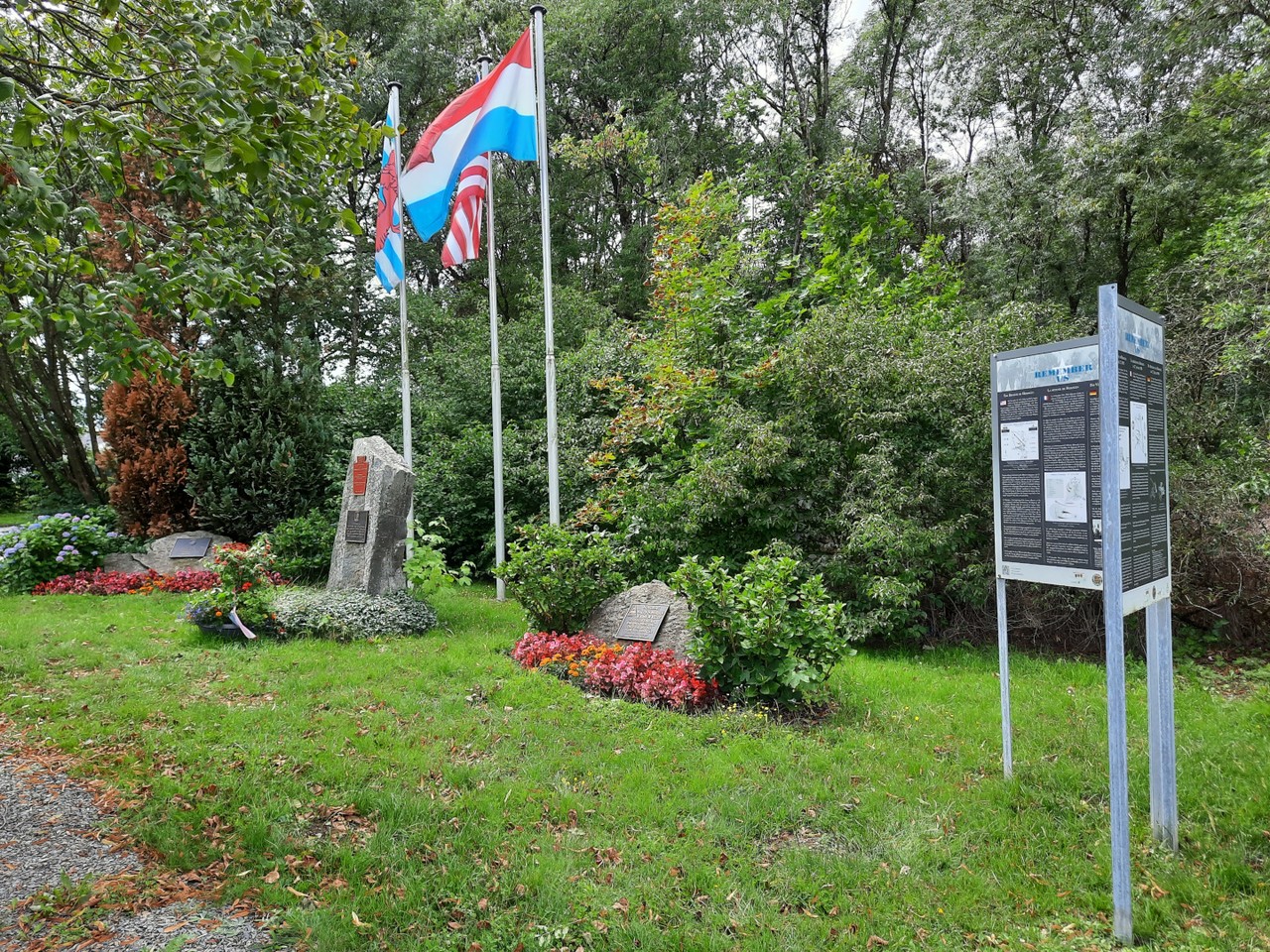At 05:28 on 16 December 1944, Private First Class Llyod Everston reported “all quiet!” from his observation post on the Hosingen water tower. Suddenly, he observed a line of light in the far distance. “Looks like a string of pearls” he added. Seconds later, explosions shook the village of Hosingen.
After the shelling from German troops had died down, US troops on the heights began reporting violent enemy infantry attacks. This was still before daylight. All German infantry was working its way uphill towards the village. Heavy fighting developed throughout the entire day, as neighboring villages also reported being attacked. Phone lines largely became nonoperational, and the American defenders had to rely on their wireless equipment to communicate.
Throughout the day, the outgunned and outnumbered American troops in Hosingen resisted as best they could, but the town was rapidly infiltrated by German infantry. House-to-house combat followed at dusk. The American soldiers were quickly surrounded and encircled, but they held strong, becoming a “keystone in the way” for the German troops. A day later, the first German tanks began to show up. Thus, Hosingen itself was attacked both in the centere by German infantry and on its left and right by armoured elements.
The American troops experienced numerous casualties but also inflicted heavy losses on German troops. On 18 December, after having expended all their ammunition and supplies and with no relief coming, the remainder of the garrison surrendered. The heroic, almost 3-day resistance of Hosingen had ended. However, German forces had lost valuable time. The other units of the 110th Infantry regiment did equally as did the units of the entire 28th division on the entire frontline.
The “Keystone in the way” in the Bastogne corridor more than its duty and Hosingen became the first major US bastion. At the end of January 1945 – the town was finally free as the “Battle of the Bulge” reached its end. The town was badly damaged and– reconstruction, with Swiss help, took several years.
The “Keystone in the Way Memorial” next to the Hosingen water tower reminds us of all that those brave men of the 28th US Infantry Division from Pennsylvania did to support the liberation efforts.
